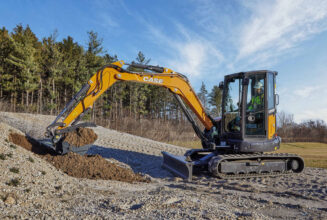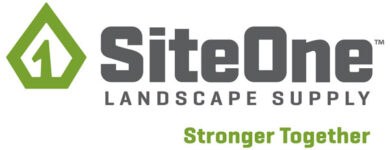Hardscapes Patterns Add Creative Element to Landscape Design
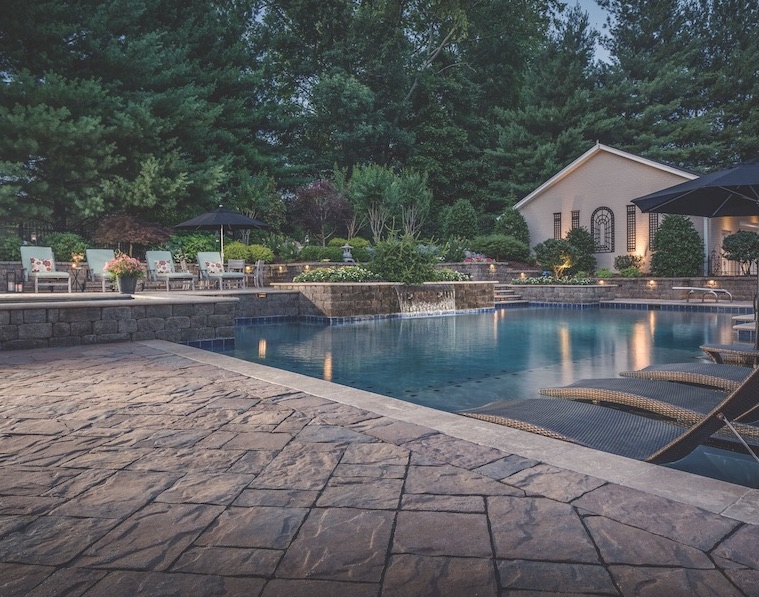
By Joe Raboine
With the rise of social media and easily accessible landscaping inspiration, landscape contractors are challenged to remain at the top of their game and deliver creative and functional designs for clients. According to the National Association of Landscape Professionals, the top lawn and landscape trends to watch for in 2019 aren’t limited to plants. From multi-use features such as vertical gardens to pergolas, landscape contractors should consider expanding their skillset to stay competitive.
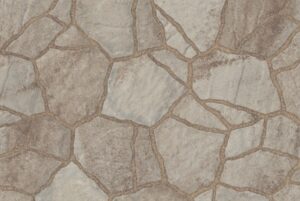
Hardscapes are a material that contractors can utilize to accomplish a variety of visual and functional effects in landscaping design. Concrete pavers are available in different colors, textures and styles, allowing contractors to find an option that complements the home’s current style and landscaping. Whether a simple border is needed or a more elaborate inlaid design, pavers add a creative touch to any project.
Permeable or impervious?
At the start, it is important to understand if the homeowner is interested in permeable or impervious pavers. Traditional pavers are generally lower in cost, but permeable pavers offer numerous benefits.
For homeowners, permeable pavers:
- Reduce water demand by paving over natural areas
- Aid landscaping by reducing erosion that occurs when grass is dry and dead
- Eliminate standing water where mosquitoes can breed
- Last much longer than conventional paved surfaces
These environmental benefits also extend to communities:
- Filter water back underground to recharge local groundwater supplies
- Maintain base flows in rivers to keep ecosystems self-sustaining
- Minimize heat island effect when using highly reflective, light-colored pavers
- Reduce water use for landscaping
Complementary colors
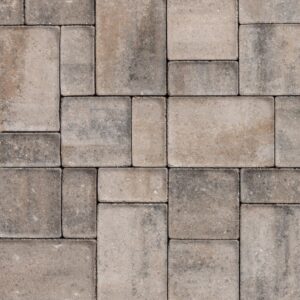 The trend of bringing the indoors out continues to rise and, as such, homeowners are choosing features for their outdoor spaces that seamlessly integrate experiences between the two environments. Keep the architectural style of the home in mind when selecting hardscapes products to ensure the selections work cohesively with the home’s current color and architecture.
The trend of bringing the indoors out continues to rise and, as such, homeowners are choosing features for their outdoor spaces that seamlessly integrate experiences between the two environments. Keep the architectural style of the home in mind when selecting hardscapes products to ensure the selections work cohesively with the home’s current color and architecture.
Grey and greige remain a top trend for colors. Simple, soft and neutral colors of gray and taupe blend with contemporary design to create approachable, modern outdoor spaces. These spaces might feature large-form or porcelain pavers, which lend themselves to a clean, modern look.
For those looking for a pop of color, coral hues are here and take inspiration from Pantone’s Color of the year, Living Coral. Some pavers have hues of coral incorporated into the color blend, or you can look for complementary colors that work well alongside Living Coral plants and decorations.
Traditional or non-traditional?
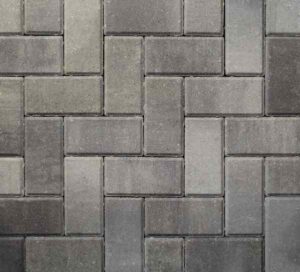 Laying patterns can typically be categorized in two ways: traditional or non-traditional. For those who prefer a tried-and-true style, rectangular and cobble-style pavers can be laid in a traditional pattern. These are ideal for smaller space that may be overwhelmed by larger format pavers. Traditional patterns include:
Laying patterns can typically be categorized in two ways: traditional or non-traditional. For those who prefer a tried-and-true style, rectangular and cobble-style pavers can be laid in a traditional pattern. These are ideal for smaller space that may be overwhelmed by larger format pavers. Traditional patterns include:
- Running bond: A running bond pattern is one in which the pavers are laid in rows running in the same direction. Homeowners can choose a classic running bond, or consider getting creative with color tones, borders and pattern direction.
- Herringbone: Create a traditional look by laying pavers in a zig-zag, herringbone pattern. To add additional pop to a herringbone design, consider adding a contrasting border along the patio edges.
- Basket weave: This pattern utilizes rectangular pavers to create block designs. To add contemporary flair to this traditional laying pattern, you can alternate the color tones or laying direction to create modular designs.
For the more modern client, there are options to create a more contemporary feel.
- Contemporary and modular: Modular shaped pavers offer a variety of square and rectangular sizes that can be laid in multiple laying patterns for a less repetitive, visually dynamic and contemporary look that works especially well for larger patios.
- Asymmetrical or random: Asymmetrically shaped pavers create a natural look and often incorporate false joints that create the illusion of multiple shapes laid at random. Multi-shape cobble-style pavers can also be laid in a multi-piece pattern that emulates a more random look, as an alternate to using a traditional laying pattern.
- Permeable: For permeable paver installations, it’s best to use ashlar or herringbone patterns to create more narrow joints. Large joints create an increased opportunity for shifting when used with running bond or basket weave patterns.
Borders: bringing the look together
In addition to their more basic purpose of creating a frame around a space such as a patio, borders can be used to coordinate colors that tie in with the roof color of the home. Borders can make pavers pop in many ways, including using the same paver in a different color or laying pattern, or installing a contrasting paver shape, texture, color and/or style for the border.
Patio borders can follow different designs than a larger space, which can add an entirely new dimension to a patio.
- Soldier course: The soldier course is likely the most-used laying pattern for a paver border. For this pattern, rectangular pavers are laid in a row, side-by-side.
- Sailor course: Another popular border, the sailor course lays rectangular pavers lengthwise in one or more rows. For additional visual interest, wide sailor course borders can be created using more than one type of paver.
- Inlaid: Striking paver patterns and designs can be created by laying a contrasting patio border further inside the paver field.
Unique elements
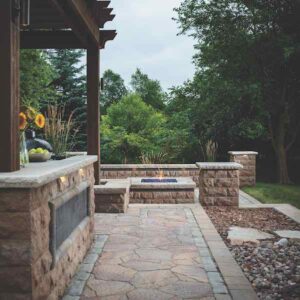 Visual interest can be added to a landscape and hardscape design with varying patterns and colors, whether it is a patio, walkway or driveway.
Visual interest can be added to a landscape and hardscape design with varying patterns and colors, whether it is a patio, walkway or driveway.
- Accents: Focal points can be created using pattern embellishments and accents by using multiple paver styles, or simply by using contrasting colors, shapes and/or laying patterns of the same paver style. Add character with contemporary focal points using squares or rectangles.
- Boundaries: Paver patterns and borders can be used to indicate the transition from one outdoor room to another. In addition, an inlaid faux rug design reinforces the outdoor room concept and helps define each space.
The demand for creativity in landscape design is at an all-time high, and pavers can add surprising elements that are aesthetically pleasing and create additional functionality in an outdoor space. With the numerous options available in paver colors, patterns and textures, landscape contracts are sure to have happy clients.
Joe Raboine is the director of residential hardscapes at Belgard. He works to ensure that Belgard’s contractors and dealers are receiving best-in-class service, products and experiences. Raboine started his career as a contractor more than 25 years ago.
Since 1995, Belgard’s locally made and nationally backed products have transformed thousands of residential and commercial properties in North America. Belgard sets the standard for landscape design and innovation. For more information, visit www.Belgard.com or visit www.belgard.com/professional-resources to learn about Belgard’s products and partner programs.

